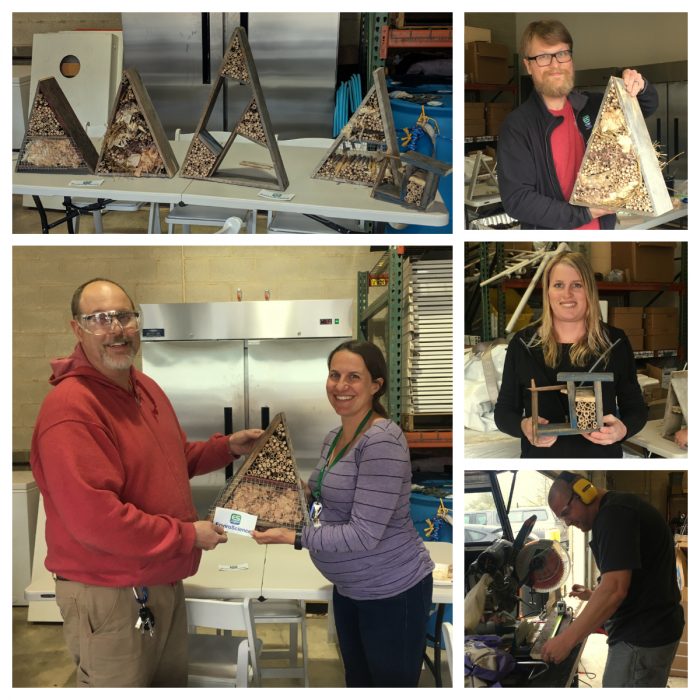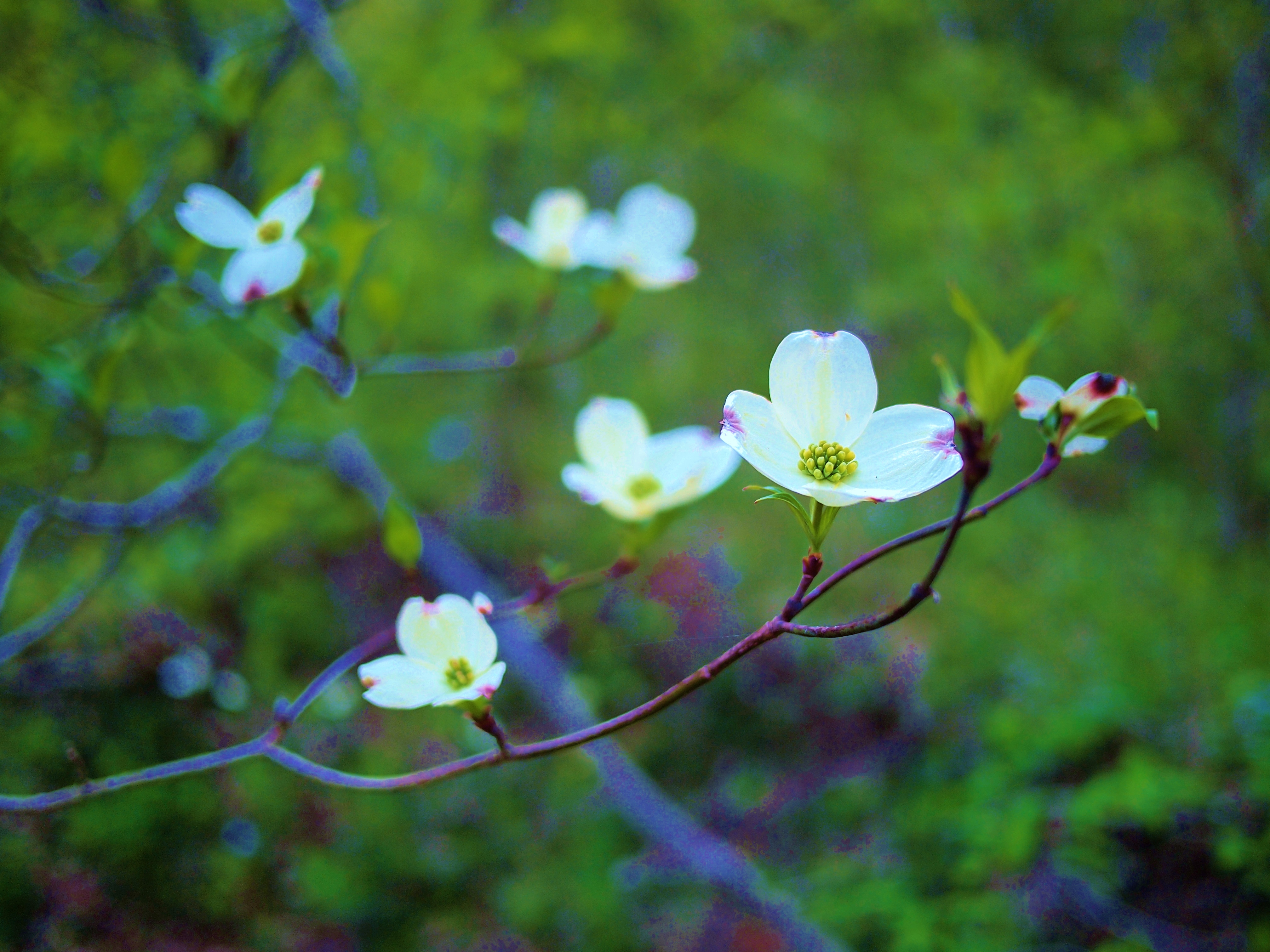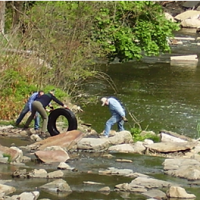
STOW, OH (May 20, 2019) – EnviroScience, Inc. has partnered with the City of Stow Department of Parks and Recreation on a long-term program to increase the number and health of pollinators in the area and encourage the creation of similar high-quality pollinator habitat. The City of Stow designated two initial spaces to serve as habitat enhancement sites: Adell Durbin Park and a section of the Stow Community Garden. Signage will be posted indicating the garden locations at these sites, which are open to the public for viewing. Residents will eventually see many interesting species of bees, butterflies, and other insects interacting with the newly created habitat, which is now starting to germinate and grow.
Pollinators are a critical part of our food system. For fertilization of a plant to occur, a flower must be pollinated; fruit and seed production is dependent on this fertilization. Approximately 75 percent of all food crops grown in the United States depend on pollinators such as insects, reptiles, birds, and bats1. Pollinator gardens support and maintain pollinators by supplying food in the form of pollen and nectar. This food supply ensures that these important insects and animals stay in the area to keep pollinating crops for continued production of various plants, vegetables, and fruits. Native Ohio plants, like those selected for the Stow program, are often the best choice for pollinator garden plants as many of them support our native bees and wild pollinators.
To create the variety needed to support diverse types of pollinators, EnviroScience augmented a commercially prepared pollinator seed mix with additional milkweed seed to provide special support for monarch butterflies, an insect that has declined rapidly in North America. This concentration of plant species within the gardens will also allow native species to migrate across the City, going wherever wind, water, or creatures carry the seeds.
The same environmental challenges facing many species affect bees and other insect pollinators as well. These challenges include habitat loss, fragmentation, and degradation; non-native species or diseases; pollution, including pesticides; and climate change. Considerable pollinator habitat has been lost to resource extraction, agriculture, and urban/suburban development.2 Restoring habitat for pollinators includes choosing to grow the native plants that local populations of bees and butterflies depend on.
To help bolster the local population of bees, EnviroScience acquired a hive last spring, and a dedicated group of employees is maintaining this thriving and developing hive. EnviroScience staff also recently constructed several “bug hotels” that will be placed near the community gardens to provide additional habitat for a variety of insect pollinators.
1 https://www.fws.gov/pollinators/
2 http://greatpollinatorproject.org/conservation/major-threats-to-pollinators
For more information, contact:
Teal Richards-Dimitrie
330-688-0111
trichards-dimitrie @ EnviroScienceInc.com



